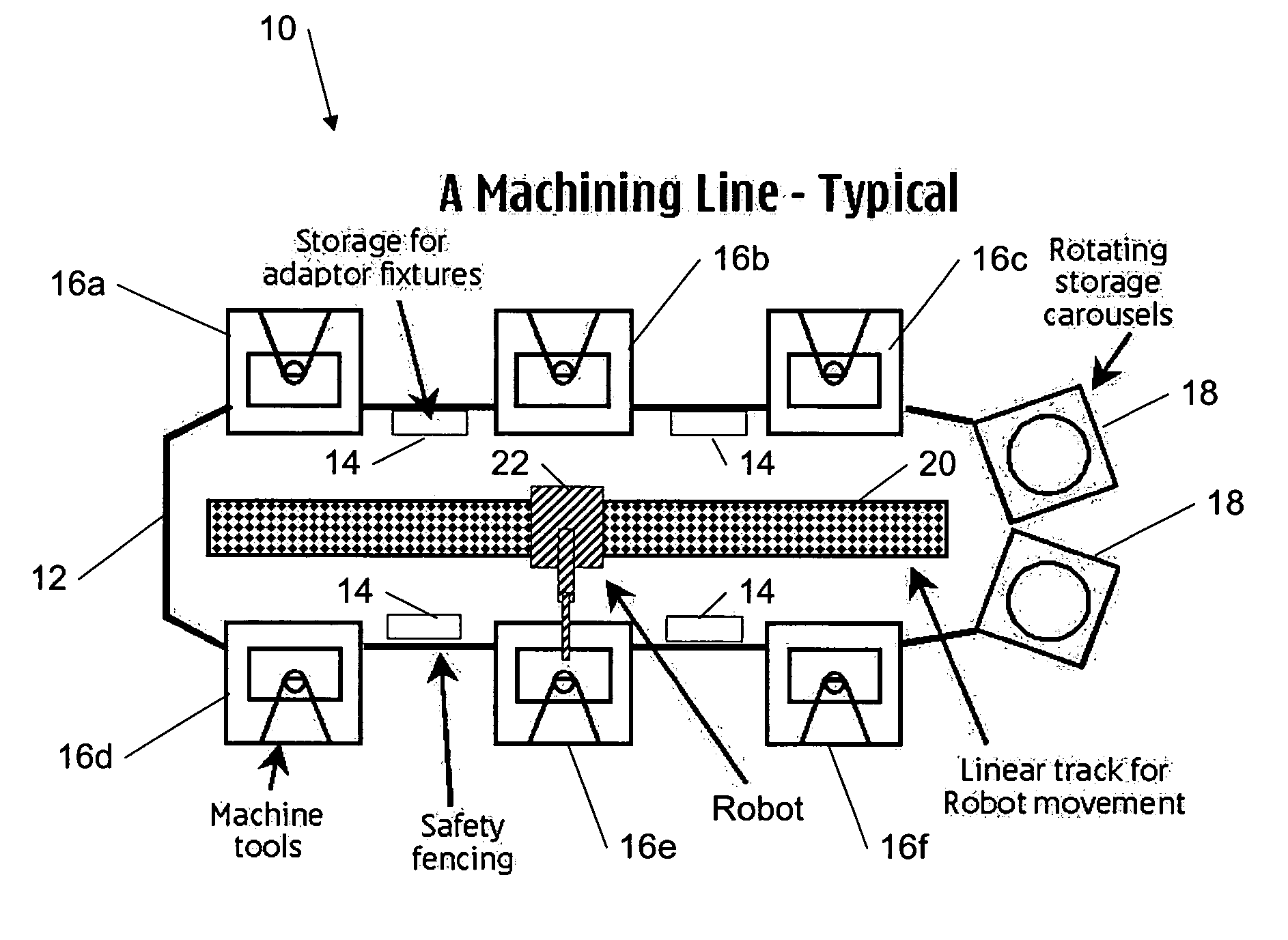As you know, the production process is a very important part of any enterprise that creates a marketable product. The manufacturing process is comprised out of many sub-processes, during which raw materials are transformed to make the final product. These processes include treating, machining, and reshaping of the material. Additional production processes include equipment testing and quality control, as well as planning the production and creating schedules prior to launching the process (Murray, 2017).
The role of the process manager is very important, as it is the manager who is involved in their planning, coordination, and control during the production cycle. The job of the process manager is to ensure that the provided goods and services are produced in an efficient and timely manner while retaining the right cost and level of quality (Murray, 2017). In addition, they are involved with creating time schedules for the workers, so that no time is wasted standing idle when there is work to be done.
The most important factors to be accounted for in a production process are setup time, utilization time, production scheduling, and scheduling bottlenecks. Setup time stands for preparing a device or a process for production, and it is the first step in a production sequence. Utilization time stands for the proportion of the available time, during which an instrument, a machine, or a device is being utilized. Production scheduling is a process of planning, controlling, and assigning workloads and work periods in a production or a manufacturing process. The bottleneck in a schedule happens when there is a shortage of resources, tools, or workforce required to perform a particular task (Murray, 2017).
Process thinking is very important for managers, as it gives them clarity and understanding of where the results of their work come from. Any outcome, whether positive or negative, has processes that lead up to it. Process thinking can be applied to anything, whether personal relationship management, projects, or any operational activity. Realizing the processes behind any achievable goal allows getting to that goal faster and better (Murray, 2017).
One of the most widespread manufacturing systems is the flexible manufacturing system. It is used in practically every production plant, be that cigarette production or creation of microprocessors and chips. This system has been in use since the 1970s and has allowed companies to make products more quickly and efficiently. It typically features an automated production line, with workers operating the machinery. A typical machine line looks like this (Murray, 2017):

This type of production line has a very distinctive set of advantages and disadvantages. The biggest advantage of the flexible manufacturing system is the fact that it is very adaptable and can be changed to produce new technology easier. In addition, this system allows us to reduce delays and remove bottlenecks out of the equation (Murray, 2017). The biggest flaw of the system, however, is that it is relatively expensive to implement. Smaller companies would not be able to implement it in their production cycle, as flexible manufacturing requires not only expensive machinery but also experienced and skillful workers to operate it. The use of machinery also means expenses for its maintenance and repair, which would be costly. That is the reason why this system is implemented by large companies.
References
Murray, M. (2017). Manufacturing process.